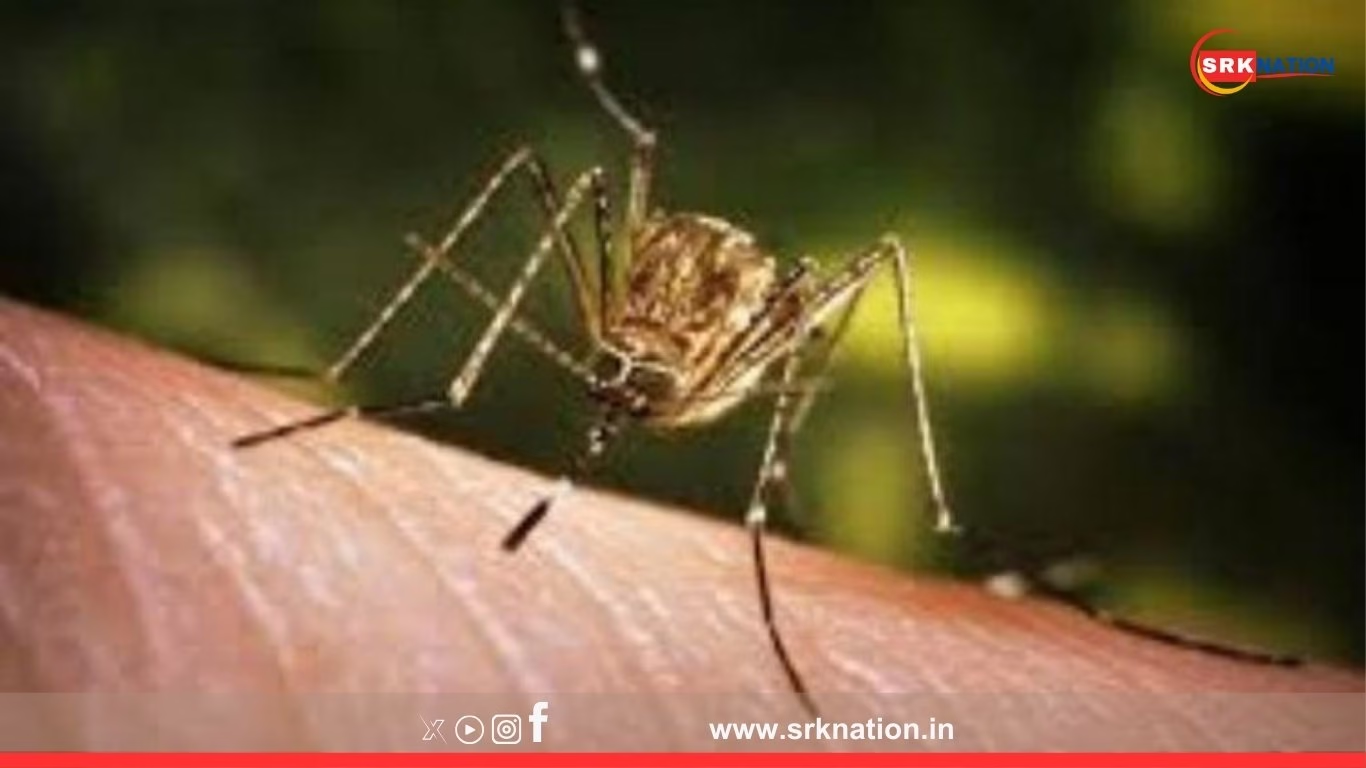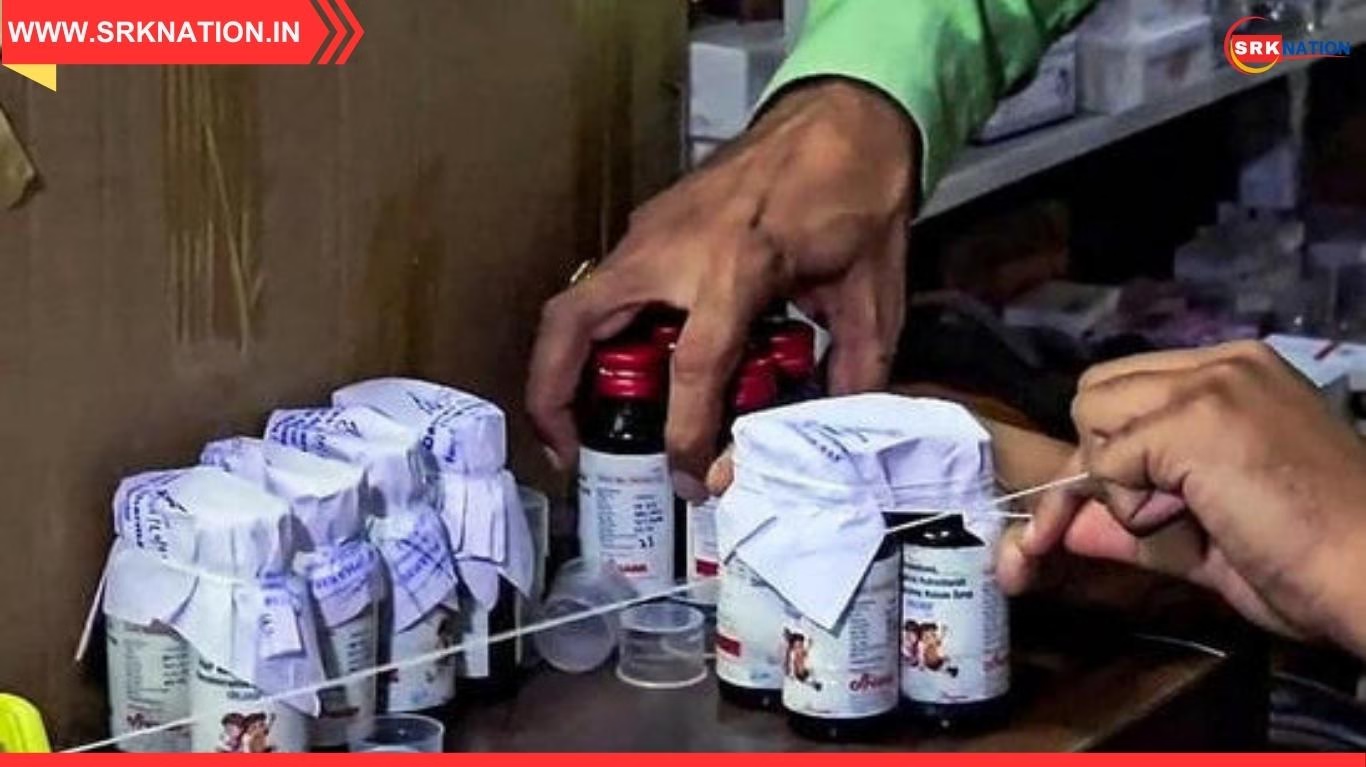Nagaland’s health authorities have issued a statewide alert after reporting nine confirmed cases of Japanese Encephalitis (JE) this monsoon season, sparking concerns over the rapid spread of the vector-borne disease. The cases have emerged from various districts, underlining the need for intensified mosquito control, public awareness, and preventive vaccination to avert a possible outbreak.
What is Japanese Encephalitis?
Japanese Encephalitis is a viral brain infection transmitted through Culex mosquitoes, primarily those breeding in paddy fields and water bodies. While most infections remain asymptomatic, 1 in 250 cases can develop into severe encephalitis, with mortality rates ranging between 20-30%, and survivors often experiencing long-term neurological complications.
Current situation in Nagaland
- Nine cases have been reported so far, with suspected unreported cases under screening.
- The affected districts include Dimapur, Mokokchung, and Mon, though surveillance has been intensified statewide.
- Health officials said monsoon rainfall and stagnant water accumulation have boosted mosquito breeding, increasing transmission risks.
- No deaths have been reported yet, but hospitalisation of critical patients continues under close monitoring.
Symptoms and clinical features
According to state health authorities, the public should watch out for:
- High-grade fever
- Severe headache
- Neck stiffness
- Disorientation, seizures, or coma in severe cases
The incubation period is usually 5-15 days post-infection, with no specific antiviral treatment. Supportive hospital care remains the only intervention to manage complications.
Government response and advisories
The Nagaland Health Department has issued an advisory, outlining preventive, diagnostic, and control measures:
| Key measure | Details |
|---|---|
| Vaccination drive | Acceleration of JE vaccination among children aged 1-15 years, covering unvaccinated areas. |
| Vector control | Larvicide spraying in stagnant water, paddy fields, and community water tanks. |
| Public awareness | Campaigns on mosquito avoidance strategies: insecticide-treated bed nets, long clothing, and repellents. |
| Enhanced surveillance | Active fever surveillance in health centres to identify and isolate suspected cases quickly. |
| Inter-departmental coordination | Agriculture, rural development, and municipal bodies mobilised for water drainage and sanitation. |
Dr. Imkong L. Imchen, State Surveillance Officer, said:
“We urge communities to prioritise mosquito control, avoid exposure during dawn and dusk, and report high fever with neurological symptoms immediately.”
National context: Japanese Encephalitis in India
Japanese Encephalitis is endemic in several Indian states, especially in the northeast, Uttar Pradesh, Bihar, and Assam. According to the National Vector Borne Disease Control Programme (NVBDCP):
- India reports 1,500-4,000 JE cases annually, with 200-400 deaths on average.
- The JE vaccination programme under Universal Immunisation covers endemic districts, but coverage gaps remain in certain tribal and remote areas.
- Environmental factors such as rice cultivation, pig rearing, and inadequate drainage systems facilitate persistent transmission cycles.
Expert view: Why JE spikes during monsoons
Public health experts note that:
- Heavy rainfall and humid conditions accelerate mosquito breeding in paddy fields and waterlogged areas.
- Migratory birds and pigs serve as amplifying hosts, maintaining the virus in local ecosystems.
- Human infections are incidental, making vector control and animal surveillance essential for prevention.
Dr. Anil Kumar, epidemiologist, explained:
“Japanese Encephalitis prevention hinges on integrated mosquito management and 95%+ vaccine coverage in vulnerable populations.”
Nagaland’s preparedness measures this season
The state health department has listed the following preparedness actions to prevent an outbreak:
- Rapid Response Teams activated in all districts.
- Stocking of diagnostic kits, mosquito nets, and larvicides in block health centres.
- Coordination with veterinary units for pigpen sanitation and relocation away from human dwellings.
- Launch of school-based awareness drives on vaccination and hygiene.
Risk factors and vulnerable groups
| Risk factor | Explanation |
|---|---|
| Children under 15 years | Highest mortality and complication risk due to low natural immunity. |
| Paddy farmers | Prolonged exposure to mosquito habitats increases infection risk. |
| Pig rearers | Pigs are amplifying hosts, facilitating virus maintenance. |
| Communities near waterlogged areas | High mosquito density zones intensify transmission cycles. |
How can individuals protect themselves?
The health advisory urges the public to:
- Ensure JE vaccination, especially for children and field workers.
- Use mosquito nets treated with insecticide while sleeping.
- Wear long-sleeved clothing during peak mosquito activity hours (dawn and dusk).
- Eliminate stagnant water around homes and community areas.
- Report suspected fever with neurological symptoms to the nearest health centre for early treatment.
Looking ahead: Strengthening disease surveillance
The Nagaland government has indicated plans to:
- Conduct state-level vaccination campaigns in collaboration with the NVBDCP.
- Integrate JE surveillance with other vector-borne disease programmes such as malaria and dengue.
- Enhance laboratory testing capacity to reduce diagnostic delays in rural hospitals.
- Partner with NGOs and community-based organisations for public awareness.
Conclusion: Preventing another outbreak
Japanese Encephalitis remains a serious public health challenge in India’s northeast, with high fatality rates if untreated. Nagaland’s early detection and swift health advisory issuance reflect improved disease surveillance, but community participation remains key to breaking the transmission chain.
With the monsoon intensifying in the coming weeks, proactive vaccination, vector control, and prompt medical attention can prevent a surge in cases and save lives across vulnerable districts.
Disclaimer
This article is based on official health department advisories, field reports, and public health expert inputs as of July 2025. Readers are advised to consult certified medical professionals for personalised health guidance and follow official updates for emerging advisories. The publication bears no responsibility for actions taken based on this news content.











